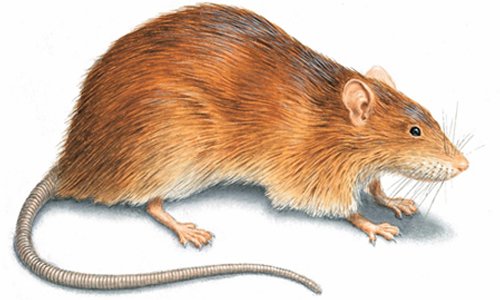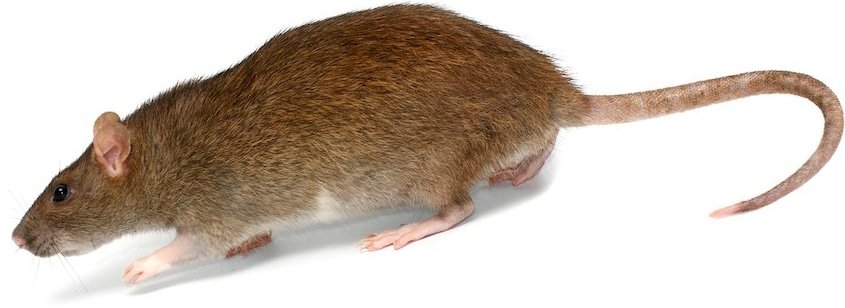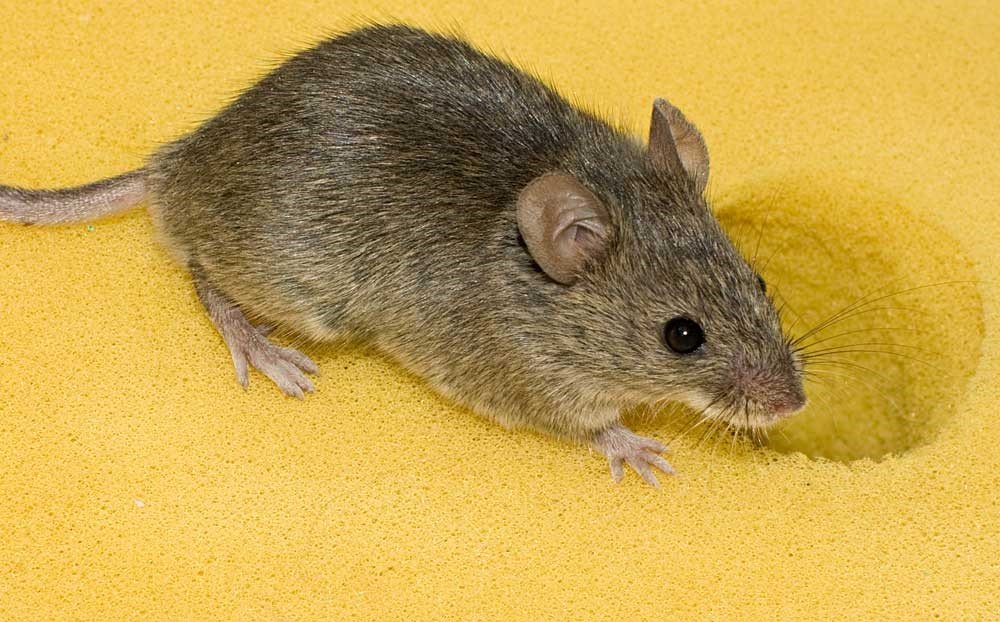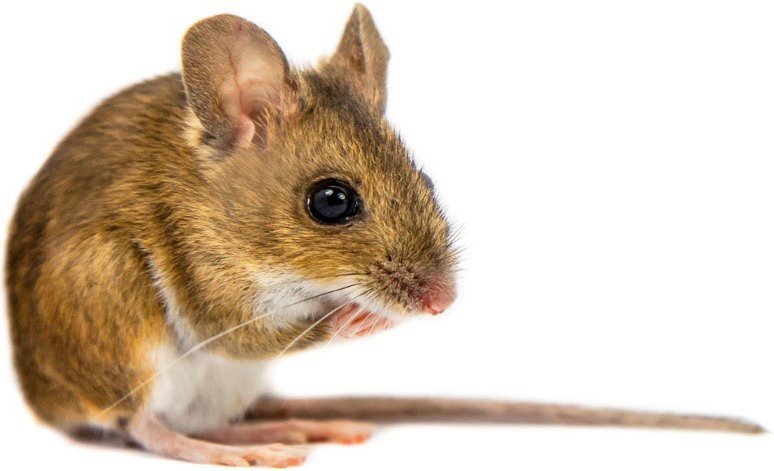Rats and mice extermination
Rodents identification
Rats and mice extermination: Rodents have about 4660 species. Common rodents are roof rats, house mouse, Norway rats, field rats and deer mouse. Among rodents, house mouse is the most common rodent found all over the world. Common house mouse weigh about half to one ounce and light brown in color. Mice is 7 to 10 cm long. Mice usual life span is about one year. Common house mice are mammals and belong to the family Rodentia. A new born mice to maturity in 4 to six weeks. A female mouse will start breeding at the age of 40 to 45 days.
In term of size, rats are bigger than mouse. A rat can be brown, white, black and grey in color. Among the rat, roof rats have longer tail, it may be longer than its body. Norway rat is grey brown on the top and white or grey underneath. Rat and mouse are interchangeably mistaken by most of our customers. To make it short, if you found small dropping or a small rodent, you have mouse in your house. If you found squeaking sound in the roof, you most likely have roof rats. However, we would recommend a visit by an exterminator to exactly find out what species of rodents you have. Identification of infestation is crucial part because mice treatment can not get you rid of rats.
Signs of Rats and Mice infestation
You will find mouse dropping behind the stove or fridge
You may hear squeaking sound in the attic as the night fall
Sign of rodent nest under fire wood stack
Your dog may bring dead caraccas of a dead rodent
You will find pathway of rodents in the grass of your backyard
Did you found burrows in your backyard ?
Have you seen a rodent running in the backyard or on the fence ?
Have you found gnaw sign on your food packages ?
Are there smudge marks caused by the rats rubbing their fur against beams, rafters, pipes, and walls?
Do you see burrows beneath your compost pile or beneath the garbage can?
Have you seen rodent droppings in your garbage bin ?
Damages caused by Rats and Mice
Rat and mice not only spread disease; they also cause lots of damages. Rat and mice spread about 35 different diseases. Rodents contaminate our food by their saliva or by urinating on it. Some diseases can spread indirectly through ticks, mite and flea which may have fed on infected rodent. The most common disease is hantavirus syndrome. This virus spread mostly through deer mouse. Care must be taken when cleaning rodents dropping as breathing in air may contain this virus. Rat bite fever, plague, Leptospirosis, lymphocytic choriomeningitis, Salmonellosis and Tularemia are some other diseases caused by rodents
Beside health problem, rat and mice cause lots of structural damages. Rats and mouse gnaw on everything. They are virtually able to cut everything except metals. Usually rats and mice gnaw on the insulation of electrical wiring, thus causing electrical short circuiting or house fire. In some cases, they may gnaw on plastic water pipe causing flooding. Outside they make burrow around the foundations. If the foundations are not rodent proof, their burrow may cause water damage. In most cases rodents enter houses through garage doors. They can get in if the garage door is left open for longer time or if the garage door is uneven. Outside they damage garden crops and ornamental plants.
Rats and mice extermination: Once spotted inside, an exterminator must be called in as soon as possible. An average mice become adult in 4 to 6 weeks. This means their population increase at a very high rate. It has been proven that do it your own techniques or products available in super market are unable to control rodents.

Norway Rats
Norway rat has many common names like brown rat, sewer rat and common rat.
Norway rat is about 6 to 8 inch long and larger than roof rat. Main difference between roof rat and Norway rat is the size of it tail
Because they dragged their tail between their feet, they may leave a mark. Norway rats eat a variety of food like cereal, grain, fresh fruits and vegetable.
Tail of Norway rat is shorter than its body. Usually, they don’t travel more than 300 feet from their burrow.
Roof Rats
Roof rat is about 6 to 8 inches long with 7 to 10 inches tail. The tail is longer than its body.
Roof rat is found all over the world.
Adult rat is about 75 to 230 gm and black in color

They have long and cylindrical droppings
Usually, they are found in the attic, because they are good climbers.
You may hear scratching sound in the attic
Gnaw sign may be visible on around the roof or eaves.
New born reach maturity in 8 to 12 weeks

House Mice
Size: 7 – 9.5cm in body length and its tail grows around the same length;
weigh between 12 – 30g;
Their relatively small feet & head and large eyes & ears distinguish them from a young brown rat (Rattus norvegicus).
Life Cycle, 4 – 16 young per litter, 7 – 8 litters a year;
Field Mice
Head and body size 80 – 100mm in length, Tail 70 – 90mm;
A male Field Mouse can weigh up to 25g, Female – up to 20g;
The fur colour on the head and back is like sandy/orange;
Yellowish fur on the flanks, white on the belly;
Usually has a small streak of yellow on the chest.
Average lifespan is two to three months;
Breeding seasons is from March to November


Deer Mouse
Deer mouse is small, about 3 to 4 inches long. On average deer mouse weigh about 20 gm
They are grey or brown in color and mostly out door rodent. A female deer mouse reach maturity in 5 to 6 weeks
An adult female can have up to 4 litter per year with 3 to 6 young per litter.
They prefer living outdoor in grassy area and woodland
Deer mouse don’t burrow, they make their nest in logs and in woodland
Affordable Pest Extermination
We will help you remove unwanted pest and will prevent them from coming back
